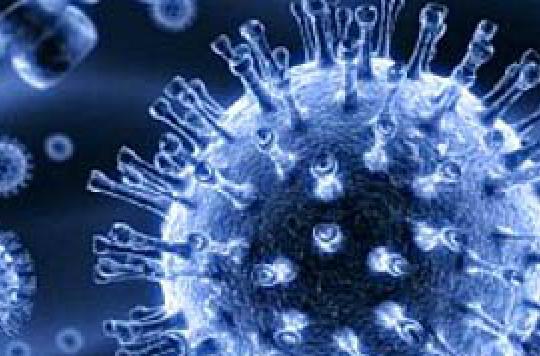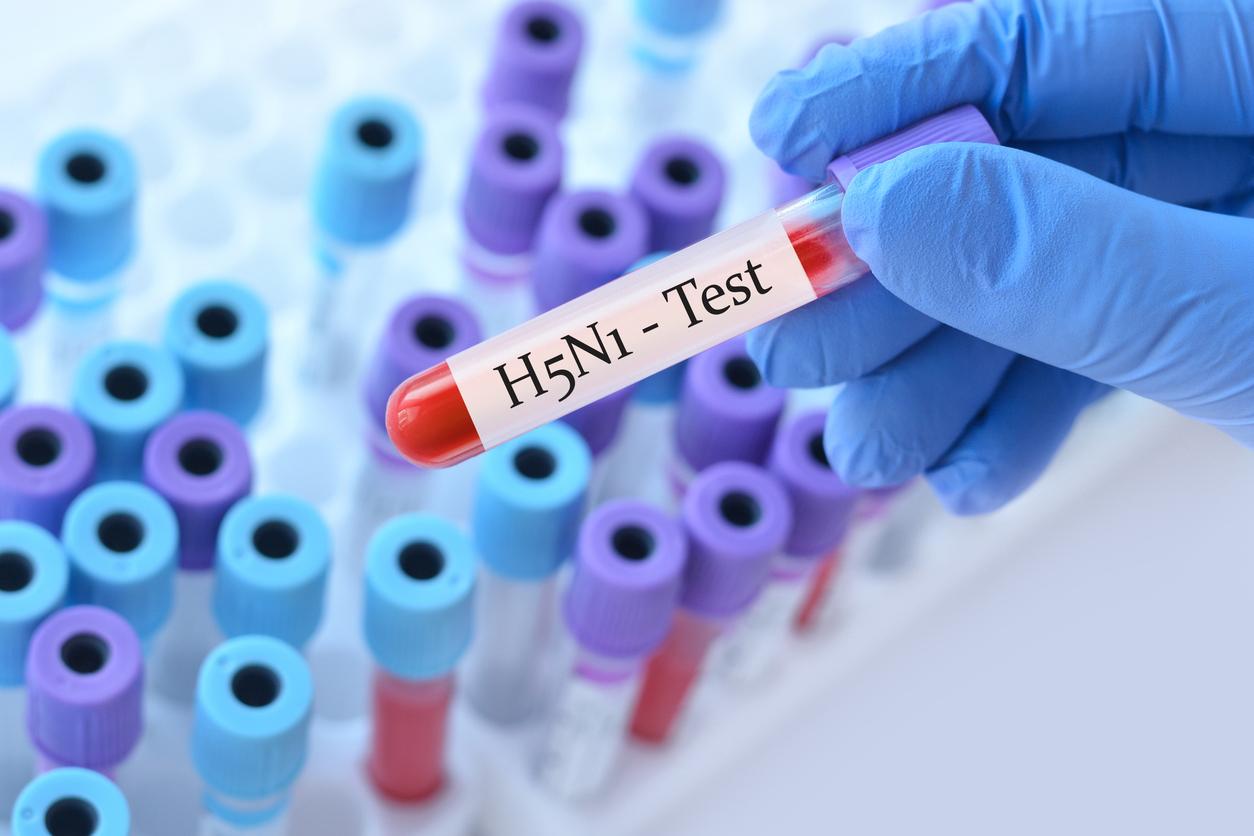The influenza A epidemic has entered an acute phase. Suddenly, the government plans to go to level 6 alert.

Four million people infected since the start of the epidemic, 1.6 million French people vaccinated, 24 deaths this past week … We have entered the acute phase of the influenza A epidemic. So much so that the government is considering to go to level 6 alert. Several measures are being considered, the most significant being the closure of schools or the ban on gatherings such as sporting events.
Frequent mutations. This scenario is all the more plausible given that virologists assess the consequences of a mutation in the virus. Two French patients recently died from a mutated H1N1 virus. Cases have also been identified in Norway, the USA, China, Brazil …
Mutations are extremely common for influenza viruses. Like all RNA viruses, influenza viruses multiply with enzymes called polymerases, which don’t work very well. According to virologists, their mutation frequency varies from 1 in 10,000 to 1 in 100,000. However, in a few days a patient harbors several billion viruses … But a mutation does not necessarily lead to a new type of virus. In the “Norwegian case”, which was found in France on November 27, it is simply a question of
genetic modification at position 222 of hemagglutinin, one of the proteins of the virus.
Vincent Enouf, researcher at the influenza reference center (Institut Pasteur, Paris):
But in case this new variant circulates in the population, the vaccines currently used in the vaccination campaign remain effective. Because the site of mutation 222 of hemagglutinin does not intervene in the immune mechanisms.
Prof. Bruno Lina, virologist, director of the reference center against influenza in Lyon, and general delegate of the Group for study and information on influenza (GEIG).
Global surveillance. Further mutations in the virus are likely this winter. For this reason, referral centers keep an eye on all serious cases that are diagnosed.
Prof. Bruno Lina
The centers thus monitor any changes in influenza viruses likely to increase their virulence, contagiousness, or resistance to treatment. This information is collected globally, and it is only at this level that a vaccine change can be decided.
Prof. Antoine Flahault, director of the School of Advanced Studies in Public Health.
With this last assumption, will the health care system hold up? The question is open. For Dr Jean-Marie Cohen, responsible for GROG network, the breaking point is around 11 new cases of acute respiratory infections admitted per day in a pulmonology department, today we are at 6.
Note, the government will hire 5,000 people to strengthen the system in vaccination centers and forecasts that, at the current rate, 30 million French people will be vaccinated by the end of February.
.














